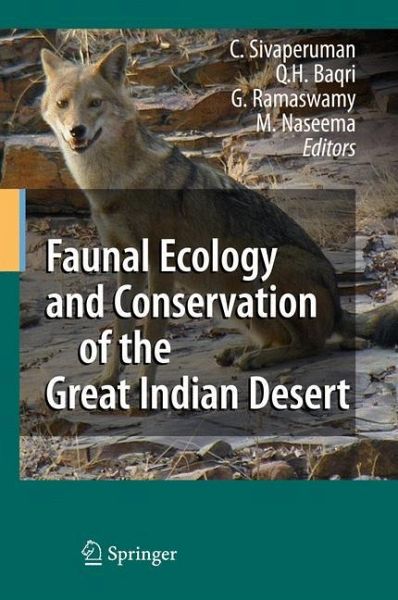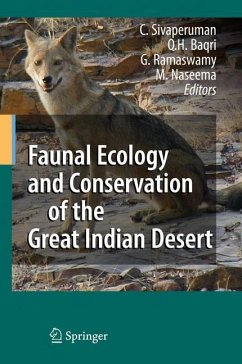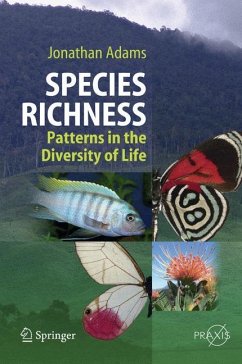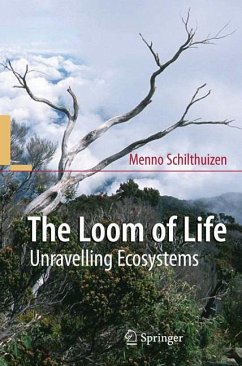
Faunal Ecology and Conservation of the Great Indian Desert

PAYBACK Punkte
68 °P sammeln!
The Great Indian or Thar Desert is characterized by extremely harsh climatic conditions. Nevertheless, this unique region, consisting of very different habitats ranging from grassland, sand dunes and rocky expanses to hilly wooded terrains, but also crop fields and abandoned human habitations, features a spectacular biodiversity. In 16 chapters, reputed experts in their fields describe the regional climate and microclimatic regime of this hot, arid desert, and its diverse faunal inhabitants. These range from dung beetles, ants and spiders to lizards and snakes, vultures, doves and other birds, bats, gerbils and mice, and mammals including the gazelle and langur, some appearing in the IUCN Red List of threatened species. Key aspects of the ecology and conservation of this endangered ecosystem are discussed, notably pest control and the protective role of local religious communities, as well as the impacts of large-scale irrigation schemes, changing land-use patterns and climate change.
The Thar Desert, also known as the Great Indian Desert, is a large, arid region in the 2 northwesternpartoftheIndiansubcontinent.Withanextentof280,000km ,itisthe 17th largest desert in the world. It lies mostly in the Indian state of Rajasthan, and extends into the southern portion of Haryana and Punjab and into northern Gujarat. The Thar Desert is bounded in the northwest by the Sutlej River, in the east by the Aravalli Range, in the south by a salt marsh known as the Rann of Kutch, and in the west by the Indus River. In spite of the fact that climatic conditions are very harsh, this extremely hot region of the country exhibits a vivid and spectacular biodiversity. It is an important area biologically, at the con?uence of very different habitats, namely grassland, sand dunes and rocky expanses as well as forested domains. Due to the diversi?ed ha- tats, the vegetation and animal life in this arid region are very rich. Some wildlife species, fast disappearing from other parts of India, are found in large numbers in this desert, such as the Great Indian Bustard, Blackbuck, Indian Gazelle and Indian Wild Ass in the Rann of Kutch. The Desert National Park is an excellent example of theThar Desertecosystem, anditsdiverse fauna.The region isahaven formigratory and resident desert birds.














